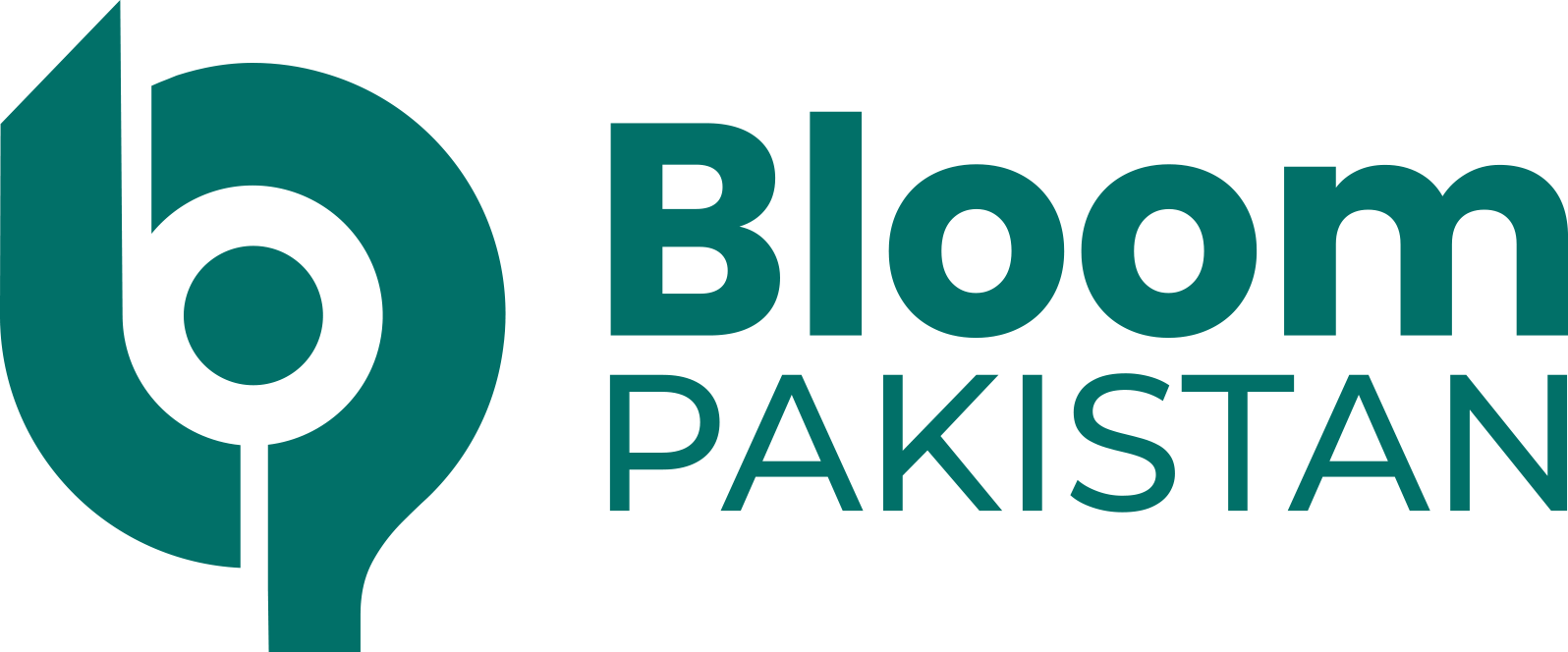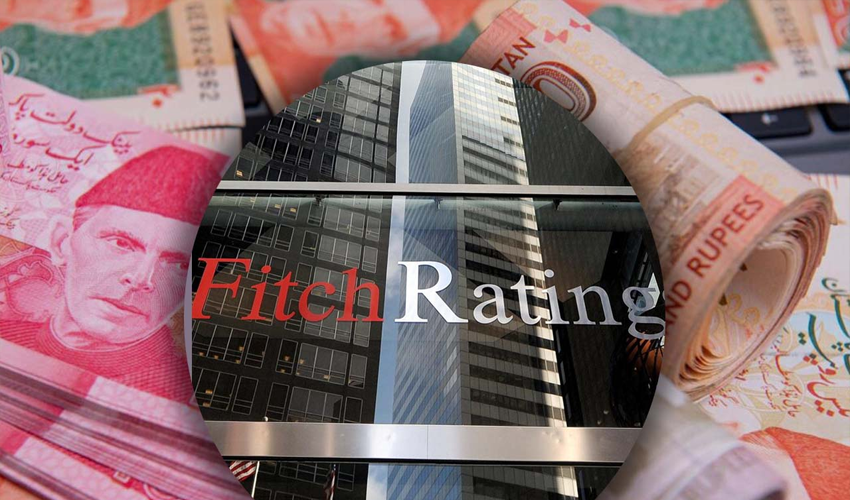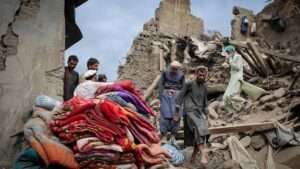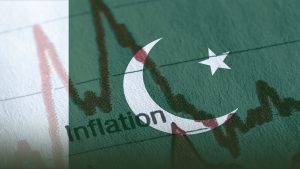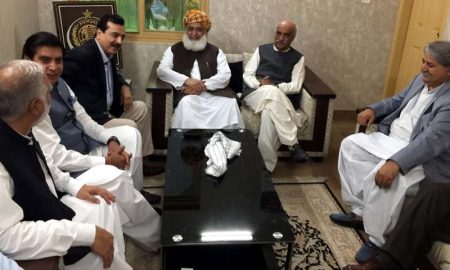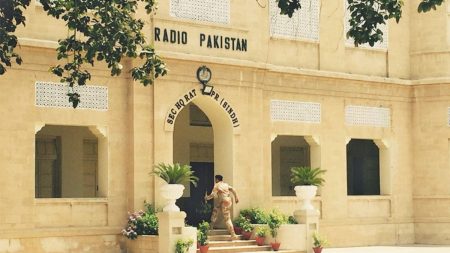Islamabad, Feb 7: Pakistan has made significant progress in stabilizing its economy and rebuilding external financial buffers, according to Fitch Ratings, with upcoming International Monetary Fund (IMF) program reviews expected to hinge on continued structural reforms. The country’s improving economic indicators, including falling inflation and a stronger external position, have bolstered confidence in its financial outlook.
A key development in Pakistan’s economic trajectory was the State Bank of Pakistan’s decision to cut the policy rate to 12 percent on January 27. This move reflects success in curbing inflation, which dropped to just over 2 percent year-on-year in January 2025, a stark contrast to the nearly 24 percent average recorded in the previous fiscal year (FY24).
The rapid disinflation is attributed to the fading effects of earlier subsidy reforms, exchange rate stability, and a previously tight monetary policy that helped rein in domestic demand and external financing needs.
With the economy now absorbing the impact of tighter policies, growth momentum appears to be returning. Fitch projects real economic expansion of 3.0 percent in FY25, while credit to the private sector turned positive in real terms in October 2024 the first time since June 2022 indicating improving business confidence.

Pakistan’s external account has also seen notable improvements. Strong remittance inflows, a rebound in agricultural exports, and disciplined monetary policy have collectively pushed the country’s current account into a surplus of approximately USD 1.2 billion in the six months leading to December 2024, reversing a similar-sized deficit recorded in FY24.
Foreign exchange market reforms implemented in 2023 played a crucial role in this turnaround. When upgrading Pakistan’s rating to ‘CCC+’ in July 2024, Fitch had anticipated a slight widening of the current account deficit in FY25, but recent data suggests the country is outperforming those expectations.
Foreign reserves have exceeded targets set under the USD 7 billion IMF Extended Fund Facility (EFF) and Fitch’s own earlier forecasts. By the end of 2024, gross official reserves stood at over USD 18.3 billion covering around three months of external payments compared to USD 15.5 billion in June.
However, reserves remain relatively low given Pakistan’s external financing needs, particularly with over USD 22 billion in public external debt maturing in FY25. This includes nearly USD 13 billion in bilateral deposits, which, according to Fitch, are expected to be rolled over as pledged to the IMF. Saudi Arabia and the UAE have already extended their support, rolling over USD 3 billion and USD 2 billion, respectively, in recent months.
While bilateral support remains crucial, Fitch anticipates that new capital flows will be increasingly commercial and tied to economic reforms. The ongoing discussions over a partial sale of Pakistan’s stake in a copper mine to a Saudi investor, as well as a recently agreed deferred oil payment facility with Saudi Arabia, exemplify this shift toward commercially driven funding.
Securing sufficient external financing remains a challenge, given the large debt maturities and lenders’ existing exposure to Pakistan. The government has budgeted approximately USD 6 billion in multilateral funding for FY25, including IMF financing, but nearly USD 4 billion of this will be used to refinance existing debt.
A recently announced USD 20 billion, 10-year partnership with the World Bank Group aligns with previous funding trends, as the group’s net new yearly lending to Pakistan has averaged around USD 1 billion over the past five years.
On the fiscal front, Pakistan has made progress despite some hurdles. The primary fiscal surplus has exceeded IMF targets, although federal tax revenue growth in the first half of FY25 fell short of IMF requirements. A key structural reform higher agricultural income taxes has been legislated by all provinces, but implementation delays meant Pakistan missed the IMF’s January 2025 deadline.
Fitch had previously noted that a sustained recovery in foreign reserves, a significant reduction in external financing risks, and fiscal consolidation in line with IMF commitments could drive a positive credit rating action. Conversely, setbacks in external liquidity such as delays in IMF reviews could lead to a downgrade. As Pakistan continues its economic recovery, maintaining reform momentum will be critical to securing continued support from international financial institutions and bilateral partners.
